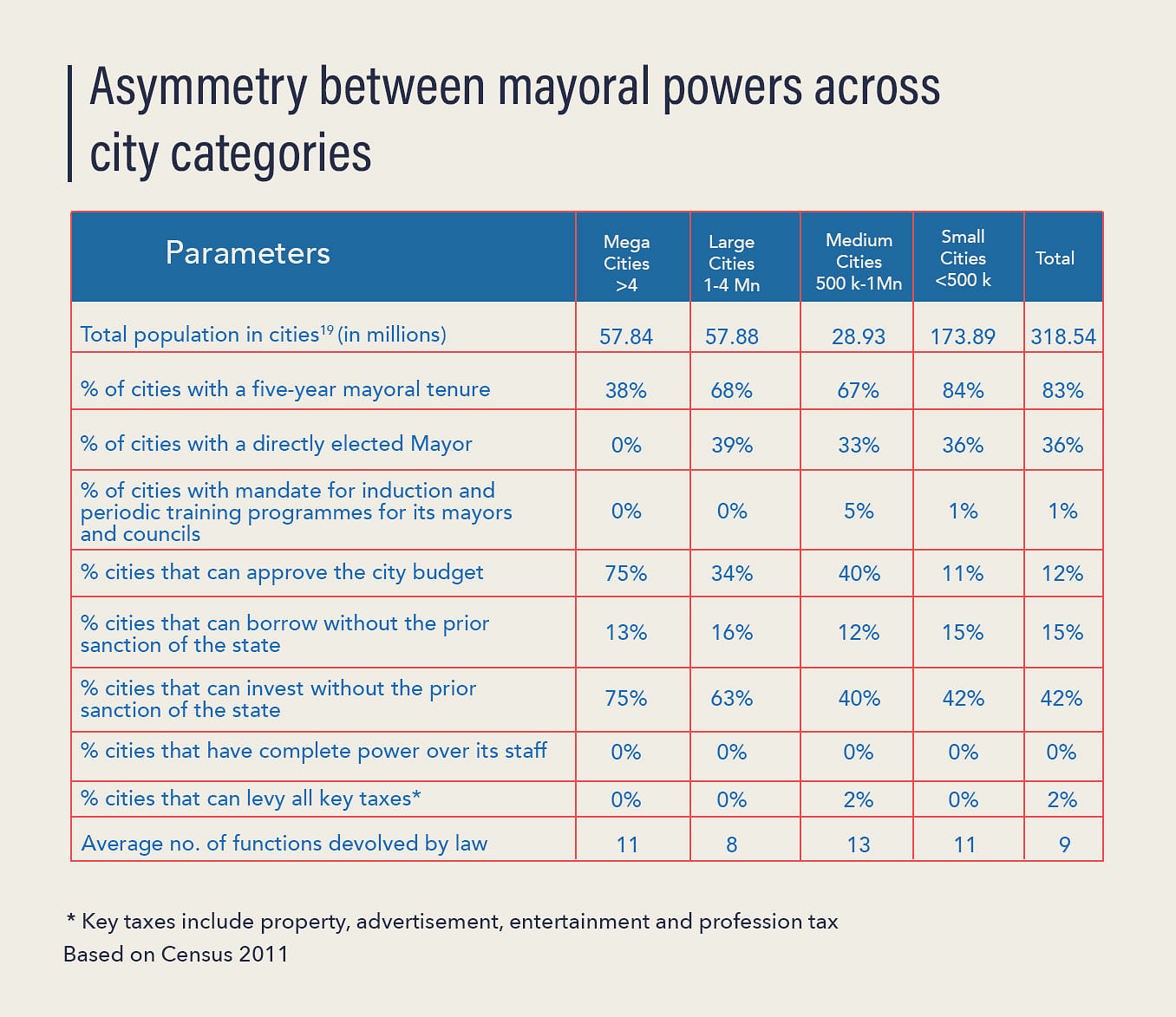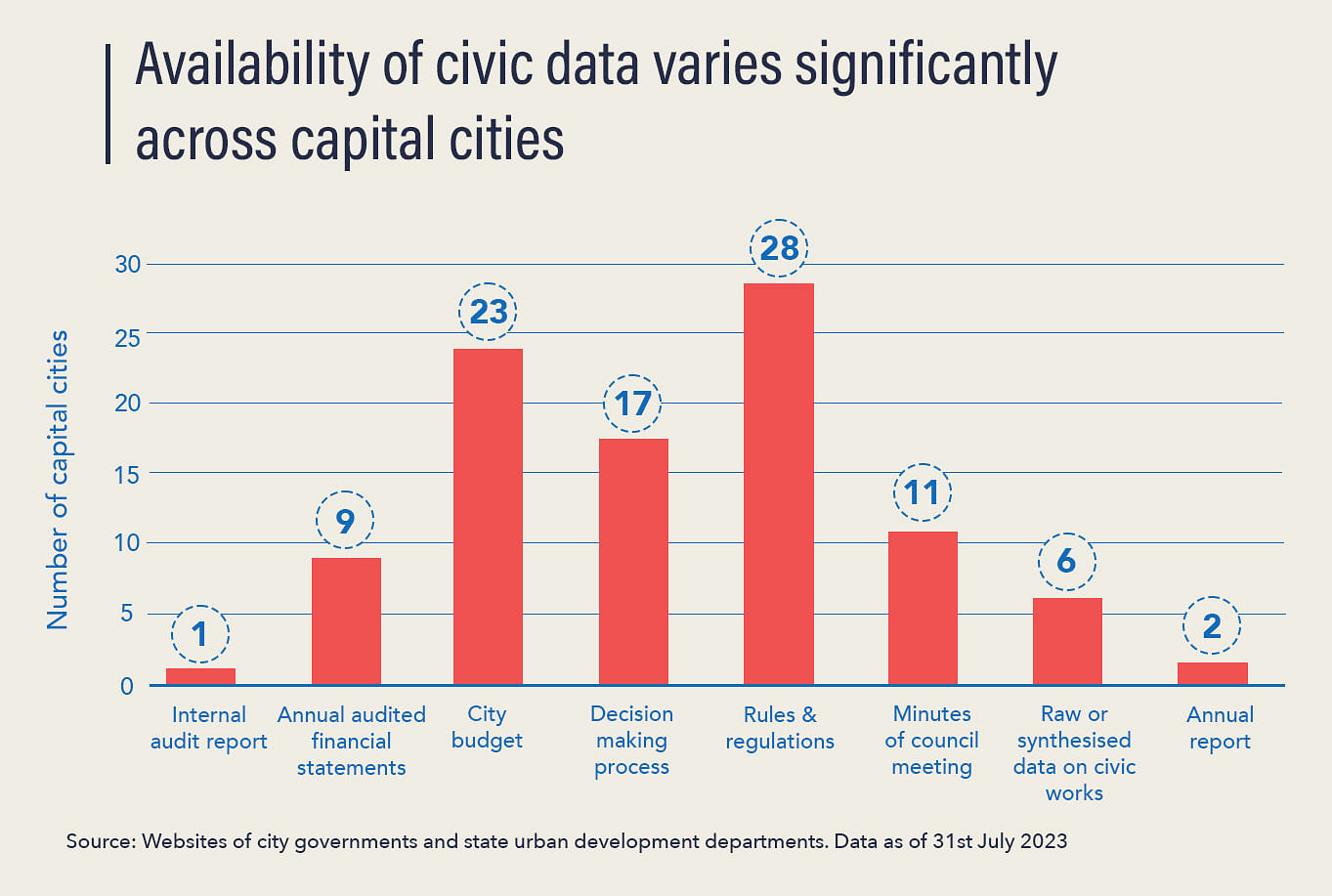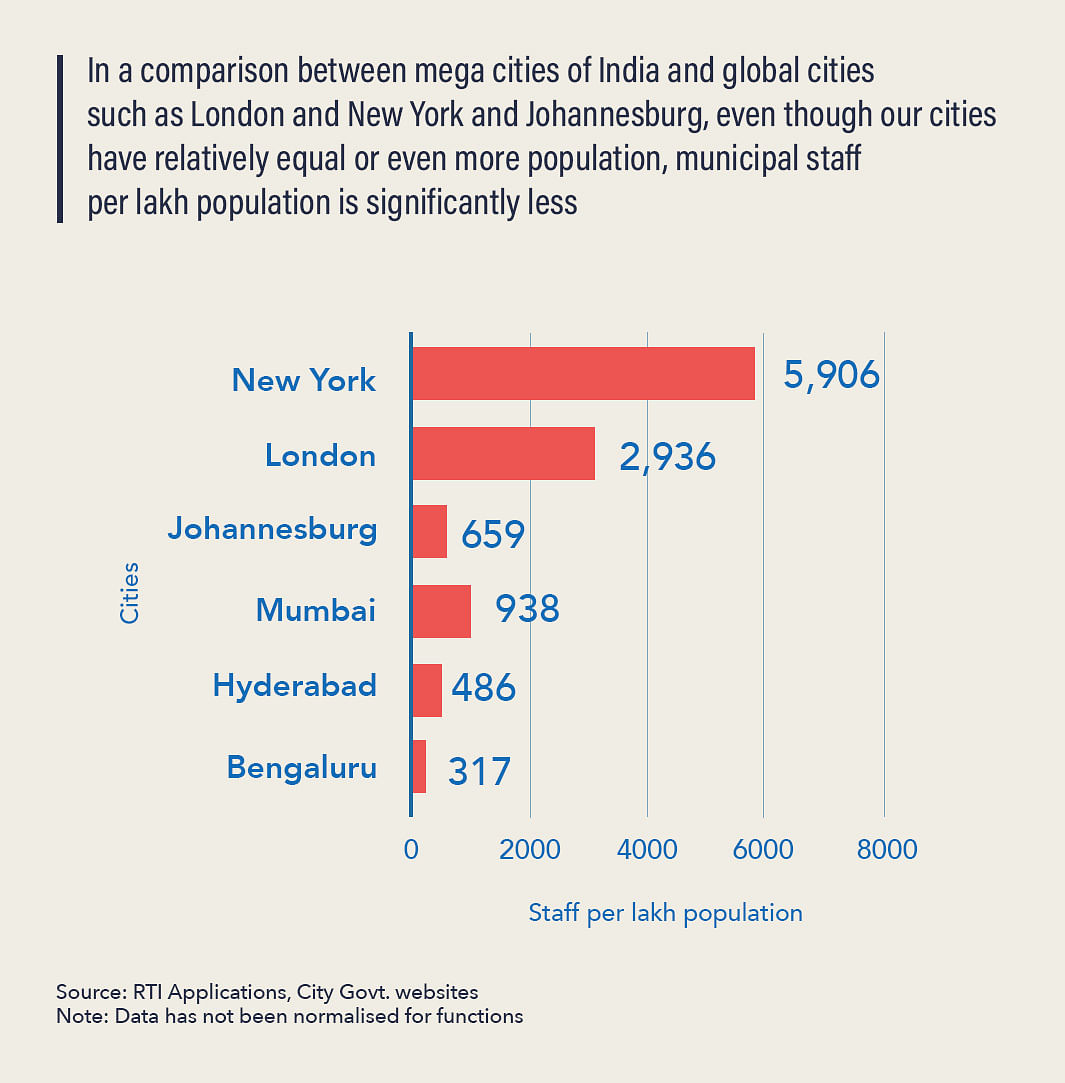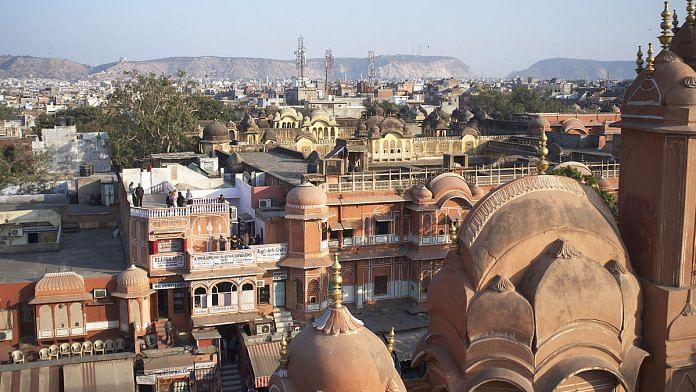India’s cities do not have a hundred different problems — they have the same problems repeated hundreds of times. Floods, air pollution, sanitation, urban poor housing, public safety, water scarcity, and traffic are some of the intractable and recurring systemic challenges faced by our cities.
Yet, over the past decade, we have seen a new dawn in India’s cities. The central government’s investments in urban projects rose by 488 per cent between 2009-10 and 2021-22, thanks to flagship schemes such as Pradhan Mantri Awas Yojana, Atal Mission for Rejuvenation and Urban Transformation (AMRUT), Swachh Bharat Mission, and Smart Cities Mission. Several chief ministers, too, across political parties, have mainstreamed urban development as a political agenda.
Houses and toilets have been built in the millions, hundreds of faecal sludge treatment plants put up in several states, coverage of household-level water supply has massively multiplied, metro rail networks are being built in dozens of cities, lakes and riverfronts are being rejuvenated, self-help groups are empowering women in the millions, and urban employment guarantee schemes have been rolled out.
Why then do we, as average city dwellers, still await better governance and service delivery at the first mile where we live, work, and play? Even as we are investing more in solutions, our problems are outpacing them and new challenges are emerging. Rapid urbanisation in India on a base that is already gargantuan—over 400 million citizens live in 4,900 plus cities—has exceeded the limits of what the Union or state governments can achieve through their programmes.
Also read: Private universities must offer urban planning courses if Indian cities are to be rescued
The change we need now
We need robust systems and institutions at the city level, which can deliver a responsive governance that can adapt to context and communities in different states and districts. Our municipalities should no longer serve only as implementation agencies of the state government’s schemes. The city should be governed as a place in its own right, with a single point of political accountability (like the PM for the country or the CM for a state).

Establishing a responsive and adaptive governance in cities requires a framework comprising four city systems: Urban planning and design; urban capacities and resources; empowered and legitimate political representation; and transparency, accountability, and citizen participation. Janaagraha’s Annual Survey of India’s City-Systems 2023 report studied over 300 law and policy documents across 35 states and Union territories through 52 questions based on the city-systems framework. Based on this research and our work with governments, we identified 10 specific instruments of change that can deliver adaptive governance in cities.
Ten instruments of change
First, we need spatial development plans that are prepared, implemented, and enforced on the basis of modern state spatial planning laws. The current master planning paradigm and town and country planning laws need to be overhauled. Nearly 40 per cent of our state capitals lack active master plans. The National Urban Spatial Planning and Development (NUSPD) guidelines, introduced in 2014 under the aegis of the erstwhile Ministry of Urban Development, serve as an exemplary model.
Second, our streets and public spaces need to be built on mandatory design standards that lay out principles for designing, contracting, executing, and maintaining roads, footpaths and the eight public utilities that go alongside a road. Currently, no state in India has any such standardised guidelines in place. The Tender SURE (Specifications for Urban Roads Execution) model first pioneered in Bengaluru and now being scaled across 20 cities in five states is worthy of emulation.
Third, only a part of the 74th Constitutional Amendment Act, which gave distinct power to urban local bodies, has been implemented by states, owing to its poor design. We need a constitutional amendment that would recognise the city as a distinct unit of governance and economy, mandate a single point of political accountability, and surmount the spatial and functional fragmentation in governance, service delivery and accountability.
Fourth, India needs a paradigm of metropolitan governance for million-plus cities. The current spatial fragmentation across multiple municipalities and gram panchayats, city and state parastatals and state departments is not serving the cause of agglomeration economies (or regional scale challenges such as air quality and water supply and conservation) in these cities.
Fifth, our municipal Acts and city councils need to be modernised. They are our city parliaments. Timely elections to city councils, mayors with a five-year term, councils with meaningful powers and oversight over parastatals, better physical and digital infrastructure for city councils, live webcast of council proceedings, leadership development programmes for first-time councillors, and a pan-India peer network of councillors are all necessary measures to empower mayors and councils.
Sixth, 21st-century governance must include civic technology that ushers in real-time communication between citizens, councillors and ward-level officials, radical transparency in hyperlocal budgets and civic works and participatory budgeting. Open cities and participatory budgeting will deepen democracy in our cities and engender voice and agency at the first mile. The Odisha government’s JAGA mission, for example, has allocated 25 per cent of municipal budgets to over 3,000 urban poor communities and created and empowered a fourth tier of governance in the form of Slum Dwellers’ Associations.
Seventh, municipal taxation and transfers that provide our cities, particularly smaller ones with a population of less than 5 lakh, with buoyant and predictable funding are necessary to fulfil obligations to citizens. We need a share of GST devolved to cities, larger allocations for cities from central finance commissions, functioning state finance commissions, and reforms to property taxation and user charges.
Eighth, Indian cities need a share of the Rs 70 lakh crore of long-term capital lying in insurance and pension funds. Municipal borrowings can unlock such capital at scale, provided there is trust between municipalities and markets founded on timely and credible financial and performance reporting. India’s national municipal finance portal, hosted by the Ministry of Housing and Urban Affairs, has published audited annual accounts of 3,500 of the 4,900+ municipalities in the country.
Ninth, even as our cities are short of capital, they struggle to draw down eligible funds and utilise them well. Digital public finance management systems can ensure a timely transfer of grants to cities, track the physical and financial progress of grants and projects, and report their performance based on a single source of accurate data. The government portal currently facilitates automated, digital grant management of over Rs 1 lakh crore of 15th Finance Commission grants. The same model could be easily scaled to other schemes and missions too, both at Union and state levels.

And last, there is a serious shortage of skilled staff in municipalities. Innovative models from within governments such as passport seva kendras and the income tax centralised processing centres, coupled with gig economy models such as Urban Company, can inform the design of municipal shared services that can increase revenues, optimise costs, and improve citizen service levels.

The challenges we experience on a daily basis in our cities are only symptoms of a deeper malaise in the governance. Band-aids and patchwork will not help. We need to put in place robust city systems. The 10 instruments of change can unleash transformative change in India’s cities at a massive, unprecedented scale through robust city systems. For good measure, many of them have precedents in India and only await bold and imaginative political leadership.
Srikanth Viswanathan is the CEO of Janaagraha, a Bengaluru-based non-profit.
(Edited by Humra Laeeq)




The suggestions are very important in the era of Digital India. Among all the 10 suggestions, now itself, the below can be implemented without much political interventions – 2), 5), 6), 9), and 10).